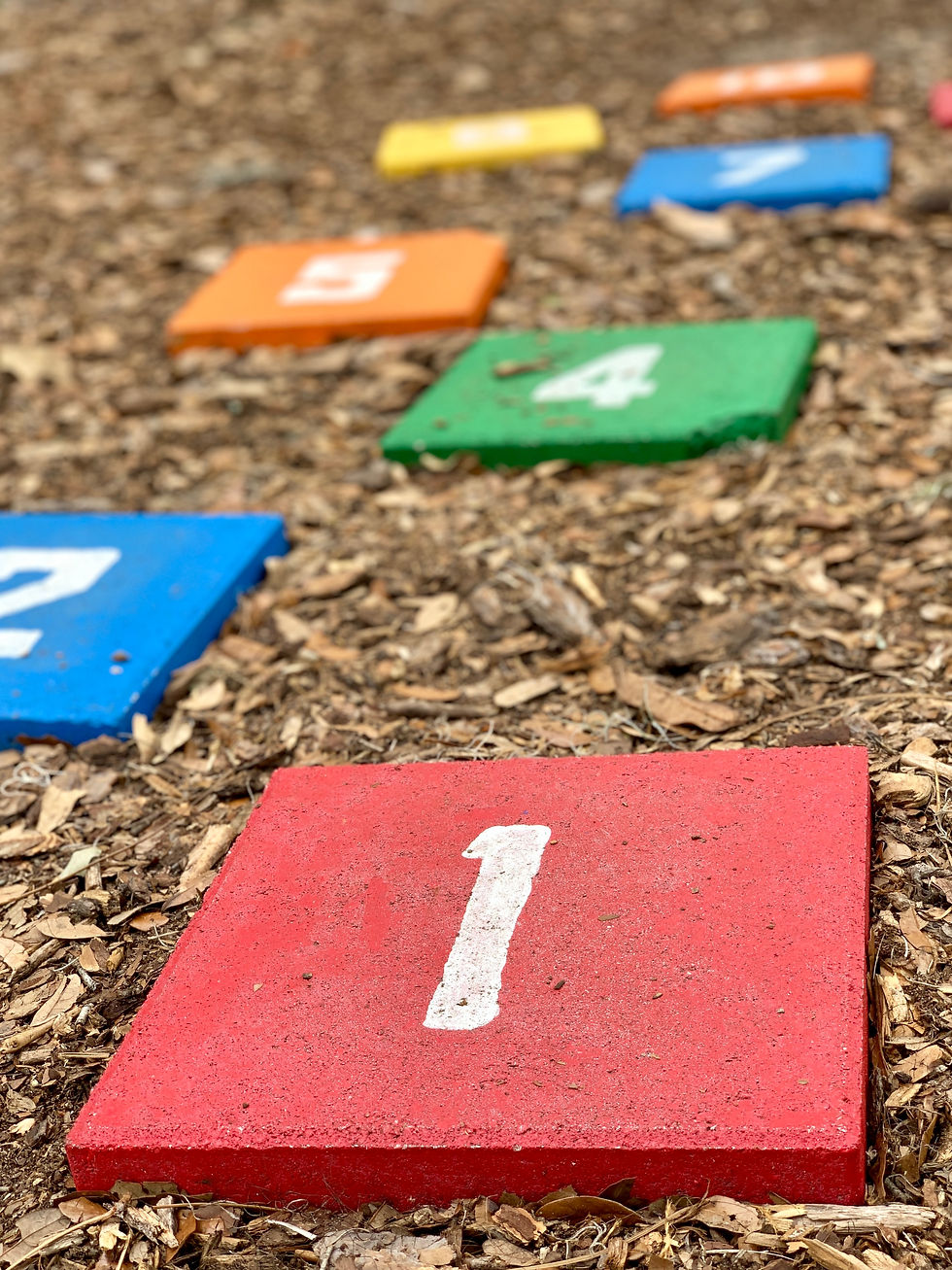Importance of Language and Literacy in Facilitating Creativity
- Jasmeen Kaur
- Apr 22
- 3 min read

Early childhood education builds from language and literacy components which lay essential foundations for communication methods and creativity along with expression capabilities. The interaction of children with language-rich conditions allows them to both communicate their ideas and build analytical skills leading to interpersonal connection while sharing stories and exchanging words (AGDE, 2022). Literacy extends beyond reading and writing because it also requires pupils to understand and communicate by listening and speaking, which enables them to explore their ideas as well as their environment. Children who develop language skills and literacy while being creative will unfold emotional intelligence and cultural understanding and prepare for continuous learning and changes in multicultural communities (Connor & Toper, 2015).
Theories and Perspectives on Creativity in Language and Literacy
Two critical educational theories that support creativity in language and literacy education come from Vygotsky and Gardner. Research conducted by Vygotsky focuses on social learning by establishing language as the central factor behind cognitive development, as shown in Connor and Toper (2015). According to Gardner’s multiple intelligence theory, children demonstrate creativity through linguistic intelligence along with other forms of expression (Howard & Mayesky, 2022). The discussed views demonstrate the need to establish interactive and meaningful literacy spaces which recognise multiple creative ways through which young children learn and express themselves.
Resources, Materials, and Digital Technologies
Educational staff working in early childhood benefit from using a wide range of materials, including digital technologies, to involve children in language development and literacy. Children respond to vibrant illustrations and interactive storytelling in picture books because these elements engage their attention while sparking imaginative thinking. Puppets, along with props, serve to improve storytelling by making children more engaged in their learning activities (Howard & Mayesky 2022). Children can experience interactive learning through educational digital devices and language games accessible through educational apps, as mentioned by Howard and Mayesky (2022). Multimedia resources increase both the learning environment quality and boost children's creativity in their activities.
Learning Experiences for Different Age Groups
0-2 years – Soft texture fabric books provide storytelling experiences to infants through touch and sound combinations. Teachers should tell stories while prompting children to handle materials, which supports sensory development along with early language development.
2-3 years – Children participate through creative role-play during play-based storytelling activities. By using puppets, teachers lead a storytelling experience that allows children to provide scripted actions and phrases and develop their imagination for creating parts of the story, which fosters expressive language skills.
3-5 years – Educational teams organise storytelling groups that let children develop original stories with illustrated cards for each segment. The activity allows every student to pick one card for contributing parts to a shared narrative, which promotes creativity while enabling collaborative learning. The activity helps children develop their understanding while strengthening their ability to tell stories.
6-8 years – Teachers should establish writer workshops where students prepare stories with drawings before sharing them with classmates during sessions devoted to writing. The format supports students in both expressing creativity and structuring narrative sequencing to understand every aspect of making a literacy project.
Original Creative Learning Opportunities
0-2 years (textured Storytime) – Children will enjoy sensory activities as they use tactile books containing materials with various textures (fluffy, crinkly, and smooth). Through hands-on guidance assist infants to feel different book elements as you read to them about the book content through touch-based experiences to build language skills.
2-3 years (puppet play) – The delivery of a selection of puppets and props allows children to develop quick musical improvisations. Allow children to develop their own dialogues while performing role-play scenarios so they can strengthen their language skills while boosting imaginative abilities.
3-5 years (Story Stones) – Children should participate in a collaborative storytelling activity by picking randomly selected painted stones that feature different images, like animals, people, and objects. The visual aid will help students become creative and improve their storytelling abilities through collaborative idea building.
Critical Reflection and Evaluation
My personal creative attributes, which stem from my artistic storytelling nature, will substantially improve my abilities in language and literacy instruction. I seek to develop an educational environment through creativity integration that allows students to explore innovation every day. The storymaking instincts combined with artistic medium experience I possess enable me to design memorable classroom activities which accommodate different learning abilities and cognitive profiles (Howard & Mayesky, 2022). My love for literature demonstrates effective communication skills to students and increases their creativity in using language effectively. I plan to develop creative dispositions as I teach young learners because this strategy enables them to effectively express themselves while acquiring complete literacy skills, which matches the targets set by AGDE (2022) in their Early Years Learning Framework.



Comments